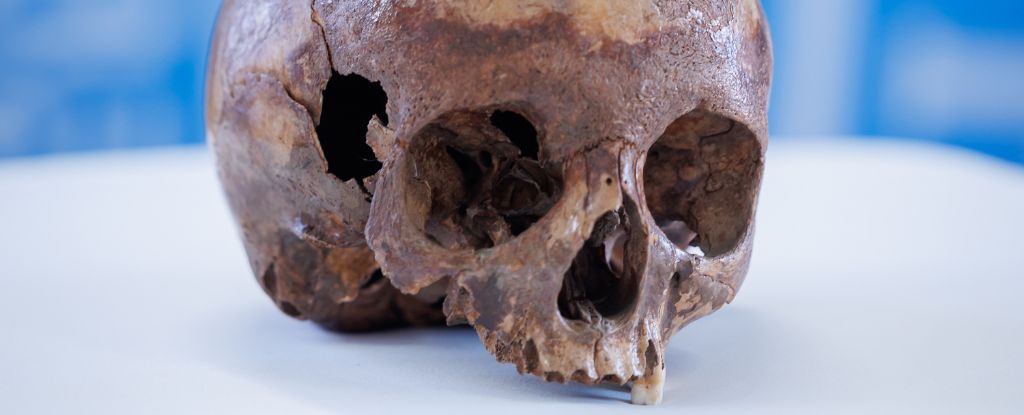ARTICLE AD
The human brain may have steadily grown in size not because evolution plucked some big-brained ancestors out of the crowd, favoring their smarts over others, but because energy allocated to growing egg-laden ovarian follicles went to our heads instead.
That's a new idea from Mauricio González-Forero, a mathematical evolutionary biologist at the University of St Andrews in the UK who modelled hominin brain expansion from australopithecines to modern humans.
Building on previous work, González-Forero used basic math to create equations that describe how brain and body tissues grow under limits imposed by the energy costs involved and the genetic traits controlling energy allocation in the body at various stages of development.
His findings – that human evolution and development depended more so on our ancestors' reproductive capacity than brain size – are somewhat humbling for a species that takes so much pride in our exceptionally big brains.
There is of course no shortage of theories about why human brains virtually tripled in size over 4 million years when those of our distant chimpanzee ancestors have barely budged.
Most recently, scientists suggested that our brains, which ballooned as our intestines shrunk, might have been given the resources to expand when our ancestors switched from a raw diet to experimenting with fermented foods. With less for the colon to do to process fermented food, this could have freed up energy to grow the brain.
González-Forero's previous work similarly suggested that the exceptional increase in human brain size might have been the result of a restructuring of the body's energy-budget.
In 2018, he and fellow University of St Andrews mathematician Andy Gardner found that 'ecological' challenges such as finding food and lighting fires might have been key problems that favored greater brain-power, and not social pressures like cooperation and competition as previously thought.
Only by finding food could early humans get enough energy to overcome the huge metabolic costs that otherwise held back brain growth. Problem-solving and sharing cultural tips to hunt, gather and find delicious morsels could have further promoted brain expansion, González-Forero's previous work suggests.
But from González-Forero's perspective, still missing from previous theories are the mathematical tools to actually separate evolutionary selection – where advantageous traits are actively favored through natural selection – from constraints that merely restrict or curb evolution in certain ways.
So González-Forero returned to his model, tinkering with the framework to include some new equations that he says tease apart evolutionary selection from constraints; quantify the energy costs of growing brain, body and reproductive tissues; and integrate variation in genetic traits controlling human development – from infancy through adolescence and into adulthood, too.
The new approach "enables deeper analysis, showing that hominin brain expansion occurs in the model because of direct selection on [ovarian] follicle count rather than on brain size," González-Forero writes in his published paper.
In other words, humans could have only only evolved bigger brains when the energy allocated to the growth of reproductive tissues – specifically the follicles in the ovary that nurture and release an egg each month – was freed up at a crucial stage of human development.
As such, it was the number of ovarian follicles being nourished early in life that held back brain growth, rather than evolution weeding out smaller brains in favor of larger ones, González-Forero reasons. Until that shift in energy allocated from ovaries to the brain happened, our ancestors remained relatively small-brained.
Those reproductive constraints "divert evolutionary change in a direction that causes brain expansion" and played such a major evolutionary role, González-Forero says, "that without those constraints, brain expansion is not favored by selection and does not evolve."
On X (formerly Twitter), González-Forero said his model successfully reproduces the major patterns of human development from childhood through to adulthood, and a doubling of brain size.
We should bear in mind, though, that human brains haven't necessarily grown exponentially. Some scientists think our brains might have shrunk at times too – thousands of years ago, sometime after the last ice age, perhaps because of climate change.
However, that 'brain shrinkage theory' has been heavily scrutinized, which is to say, despite all our collective brain power, we still have only a fuzzy idea of why and when the human brain got bigger and if it really has shrunk in size to become more efficient.
The study has been published in Nature Human Behaviour.

 7 months ago
59
7 months ago
59 

